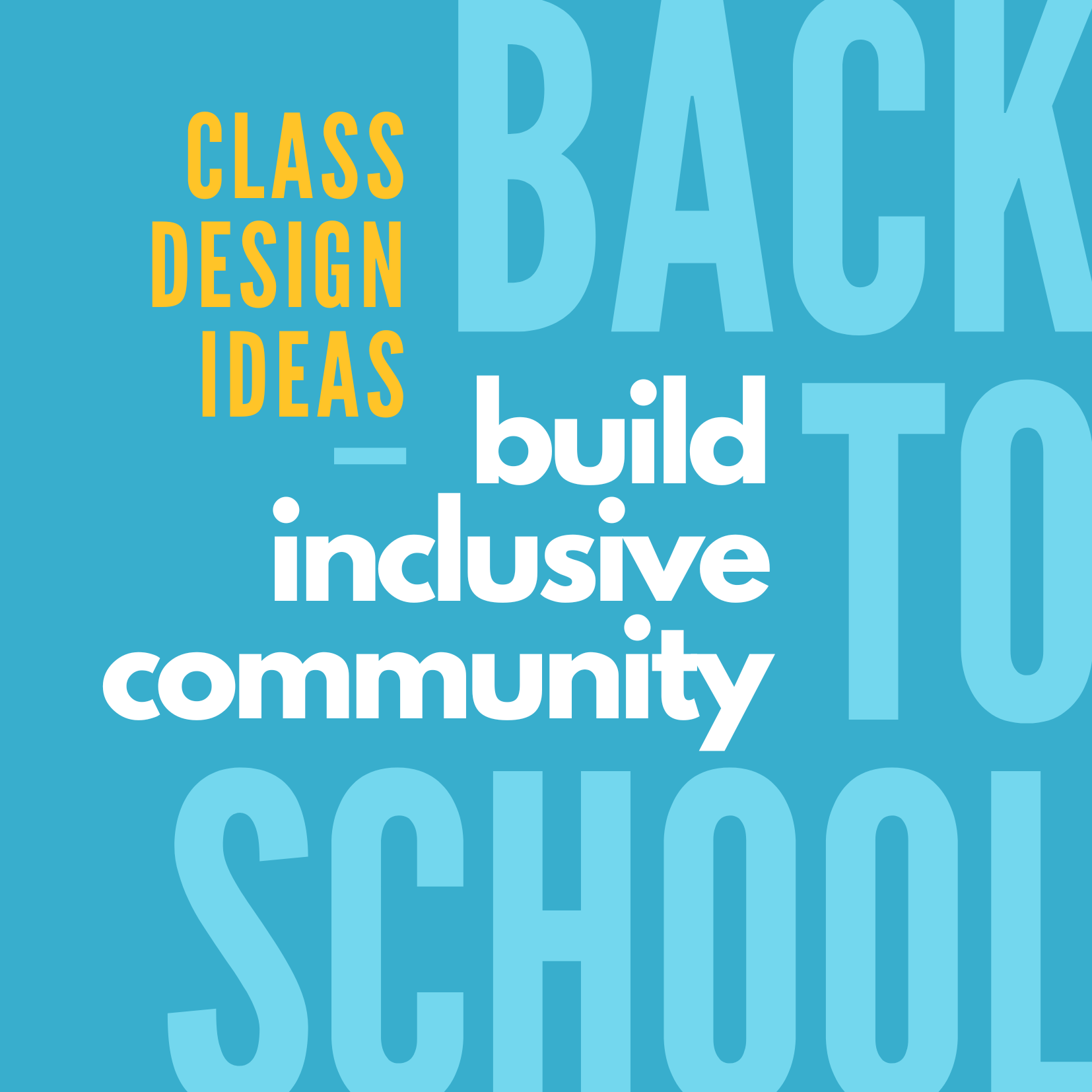 We recently read a great conversation between middle school science teachers sharing ideas on how to help all students see themselves reflected in science. It’s an important thing to consider, because for too long science excluded the discoveries and contributions of traditionally under-represented communities. For this second post in our back-to-school series, we’ve highlighted some resources that can help teachers create an inclusive science classroom for their students.
We recently read a great conversation between middle school science teachers sharing ideas on how to help all students see themselves reflected in science. It’s an important thing to consider, because for too long science excluded the discoveries and contributions of traditionally under-represented communities. For this second post in our back-to-school series, we’ve highlighted some resources that can help teachers create an inclusive science classroom for their students.
At Lab-Aids, we’ve been excited to see so many great examples of traditional classrooms and teaching resources being transformed into comfortable and inclusive learning environments. We were recently inspired by our partners at SEPUP who created a comprehensive list of diverse scientists in history. Here are some ideas that might build on that research as you ready your classroom to greet a new generation of inventors and researchers.
- Inclusive Wall Art. These beautiful posters are extremely popular and really started a trend in highlighting more diverse contributors to science and STEM. There are many others now available to buy, but those eight originals are free to download (and in multiple languages!)
- Representative Bulletin Board. We’re sharing this wonderful collaboration from several teachers on social media to help all students see themselves as scientists. Start with brief bios and pics of current and historic scientists (need a list? Use ours!), title the board, “This is what a scientist looks like,” and include a mirror at the center. Alternatively, have students choose a scientist and create their own mini-posters to display around the room.
- I am a Scientist Mini-Poster. One of our (many) former teachers on staff used to start the year off with a mini-project to help students see how they use science practices in their everyday lives. Students start by making a short list of activities they enjoy doing - sports, video games, drawing, etc. Then, looking at the Science and Engineering Practices (SEP), students connect 2-3 to one of their activities. For example, in soccer we “ask questions and define problems,” or when gaming we “plan and carry out investigations.” When they’ve settled on an activity that works well they can include an illustration and put it into the format:
- When I (activity), I am a scientist.
- I (SEP) when I (explain connection with activity). Repeat for 2-4 connections.
- Example:
When I play Minecraft, I am a scientist.
I have to define the problem when I want to build something I’ve never done before. Often I will carry out investigations to test what works and what doesn’t. Sometimes I engage in an argument from evidence with my friends and we work to solve the problem together.
When I play Minecraft, I am a scientist.
- Example:
- The purpose of this activity is not to be perfect with the connections or to fully understand the SEPs, but rather to introduce the practices and think about how we may use them in our everyday lives.
- Inclusive Pedagogy. How might we bring our commitment to diversity and inclusion into the science classroom? How we do this for younger students will naturally be a bit different than our older students, but all classrooms would benefit from some common characteristics. We’ve gathered a great list of resources below that scale activities and approaches based on the age group.
Visit the Lab-Aids blog for even more Back-to-School resources, including Getting to Know You activities and games designed to help you create community in your classroom. Representation and inclusivity makes a difference when it comes to students picturing themselves in science. Because this is what a scientist looks like:
ADDITIONAL RESOURCES
- Inclusive Classroom Design - Tips from Experienced Teachers, PBS Education Teachers Lounge
- Designing Inclusive Science Learning Environments, STEM Teaching Tools
- Diversity Activities for Young Adults, PENN State Extension
- Back-to-School Part 1: Getting to Know You Activities, Lab-Aids